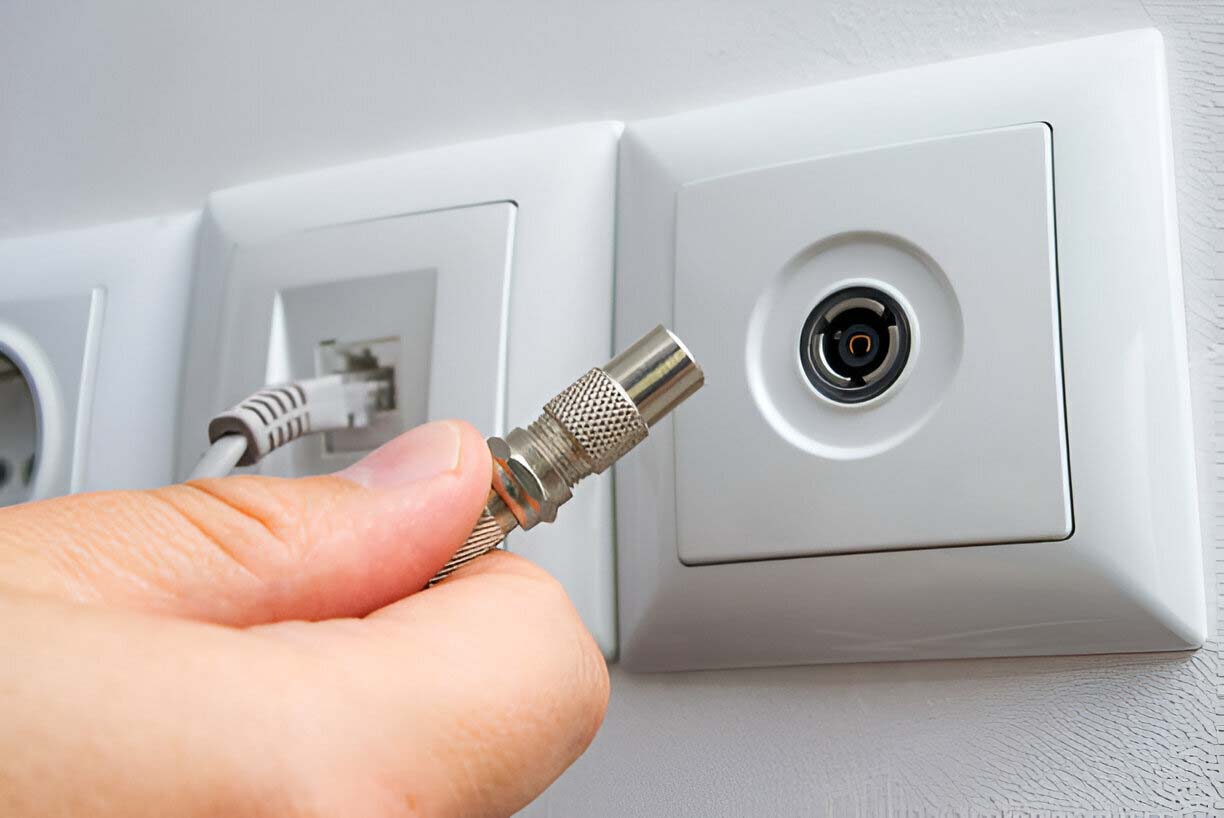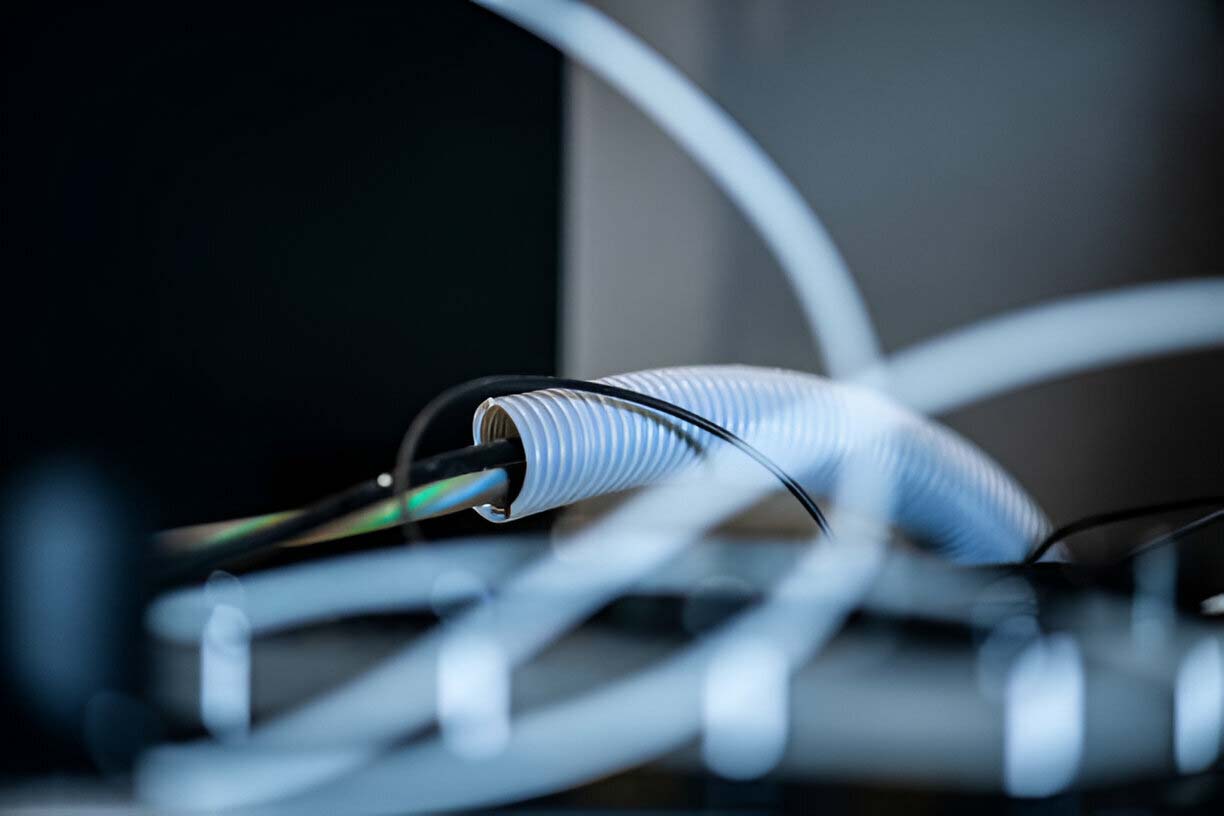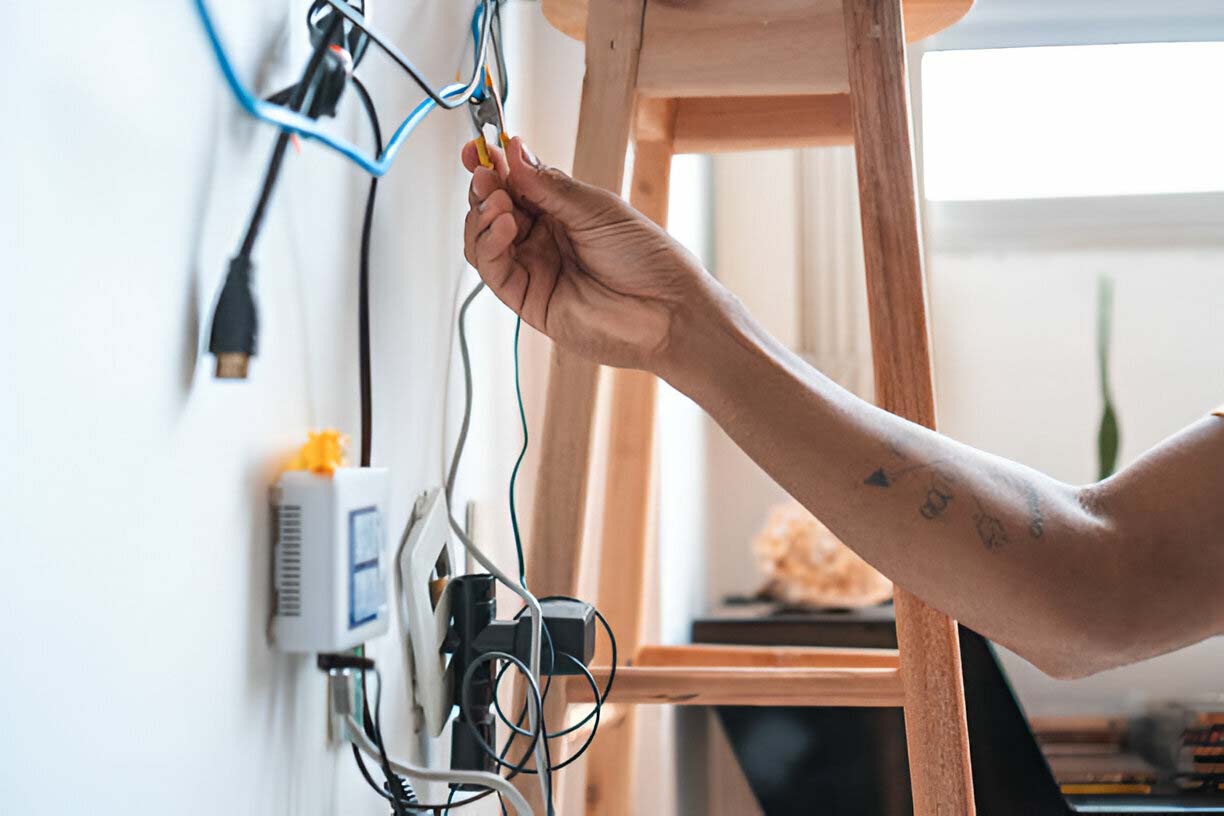Ensuring optimal TV reception and an aesthetically pleasing set-up requires careful attention to TV aerial wiring and cable management. In the realms of digital and satellite television broadcasting, correct installation techniques not only enhance signal quality but also extend the lifespan of the equipment. This article provides a comprehensive guide on best practices for TV aerial wiring and cable management, tailored specifically for the UK audience.

Choosing the Right TV Aerial
Selecting the Appropriate Type
It’s essential to start by choosing the correct type of aerial. In the UK, two main types are commonly used: the Yagi aerial for areas with moderate to strong reception and the High Gain aerial for areas with weaker signals. Consulting with a professional aerial installer can provide guidance based on your specific location and needs.
Considerations for Installation Location
The location of your aerial significantly influences reception quality. Rooftop installations are preferable as they tend to receive the least interference. Avoid placing your aerial too close to metal objects such as chimneys or other aerials, as these can disrupt the signal.
Wiring Guidelines
Using the Correct Coaxial Cable
Coaxial cables are crucial for effective TV reception. The UK standard is the CT100 cable, which comes with a copper conductor and double shielding. This cable minimises potential interference from 4G mobile signals and other electronic devices.
Routing the Cable
When routing the cable from your aerial to your TV, keep the path as direct as possible to prevent signal loss. Avoid sharp bends and twists in the cable, which can degrade the signal over time.
Connection Techniques
Secure and Accurate Connections
Ensure all connections are secure and tight. Loose connectors can lead to signal loss or interference. It is advisable to use F-Type connectors, which are screw-tight and provide a more stable connection than traditional coaxial plugs.
Waterproofing Outdoor Connections
Outdoor connections should be protected against the UK’s frequently wet weather. Use weatherproof covers for all exterior joints and sealants where cables enter the building to prevent water ingress, which can damage the cable over time.

Effective Cable Management
Organisation and Safety
Managing your cables effectively not only improves the appearance of your set-up but also reduces tripping hazards. Use cable clips or conduits to neatly secure cables against walls or within the lofts.
Reducing Cable Length
Keep cable lengths to the necessary minimum. Excess cable can not only be unsightly but can also create an unnecessary reception loss. Coil any surplus lengths neatly and secure them behind the TV or within a cabinet.
Tidying up Excess Cable
Use of Cable Ties and Clips
Cable ties and adhesive clips can help maintain the organisation of your wiring, preventing tangling and maintaining optimal signal integrity by keeping cables straight and unobstructed.
Channeling Cables
When running cables on the wall, using plastic channels can help conceal the wiring and protect it from physical damage. These can be painted over to match your wall, making them less intrusive.
Upkeep and Maintenance
Regular Checks
Periodically check your aerial, wiring, and connections for any signs of wear or damage. In the UK, weather conditions can affect aerial positioning; make sure it remains correctly aligned and securely attached.
Professional Inspections
Consider having a professional inspection every few years to ensure that your TV aerial and wiring remain in optimal condition. Professionals can also advise on potential upgrades as broadcasting technologies evolve.
Conclusion
Proper installation and management of TV aerial wiring are key to getting the best performance from your television setup. Implementing robust cable management strategies not only prolongs the life of your equipment but also ensures that your installation is safe and visually pleasing.
Always prioritising quality materials and professional aerial installation will save you from future issues and unnecessary expenses. Whether you’re setting up a new system or upgrading an existing one, these tips will help you maintain a highly functional and orderly arrangement.








